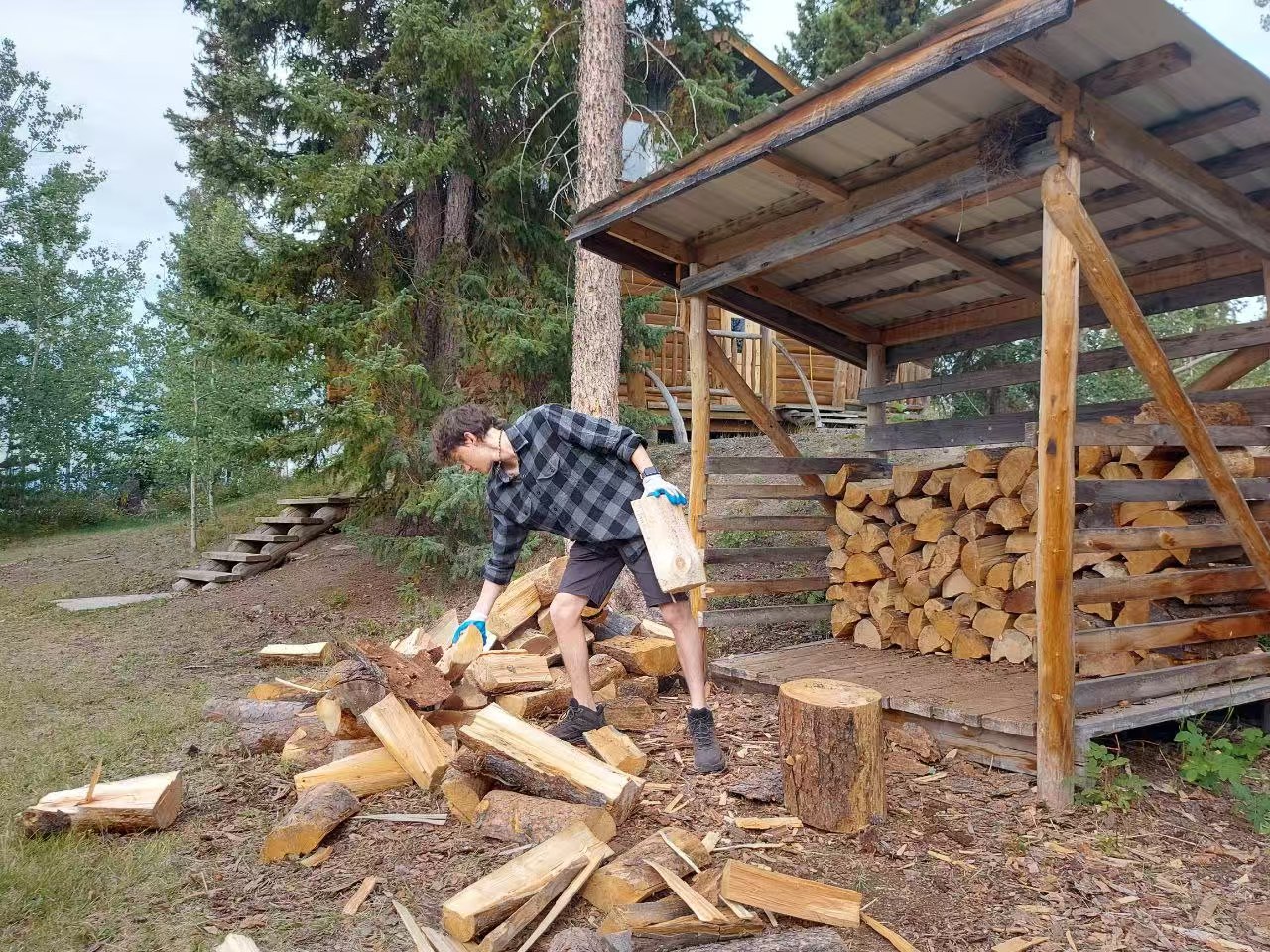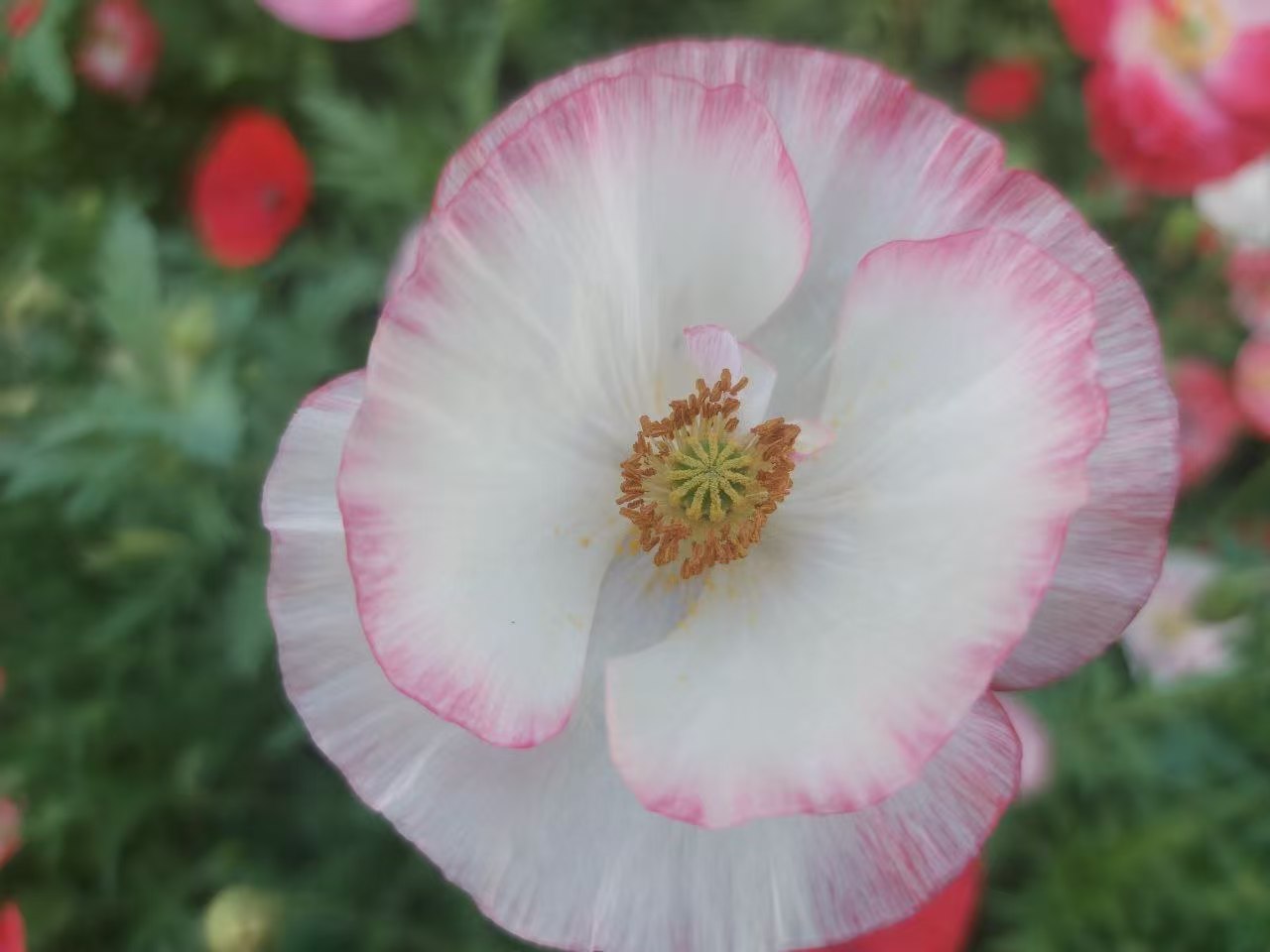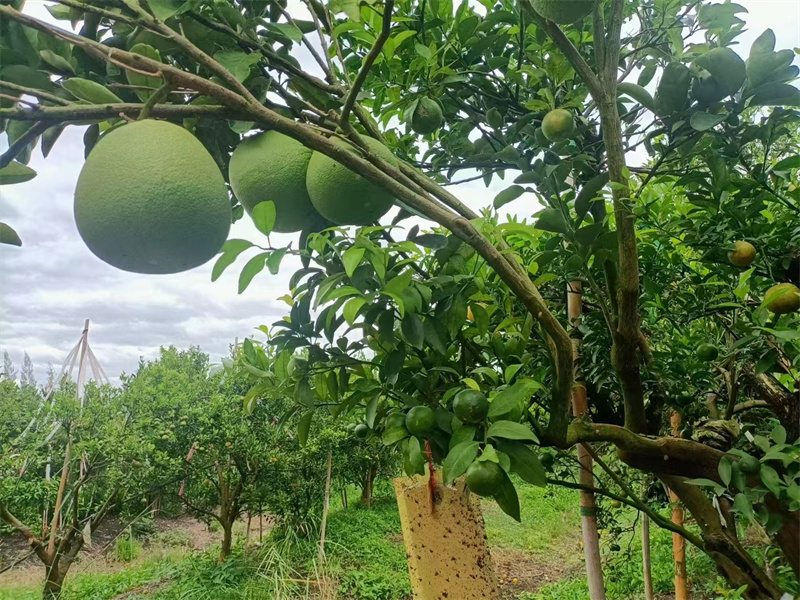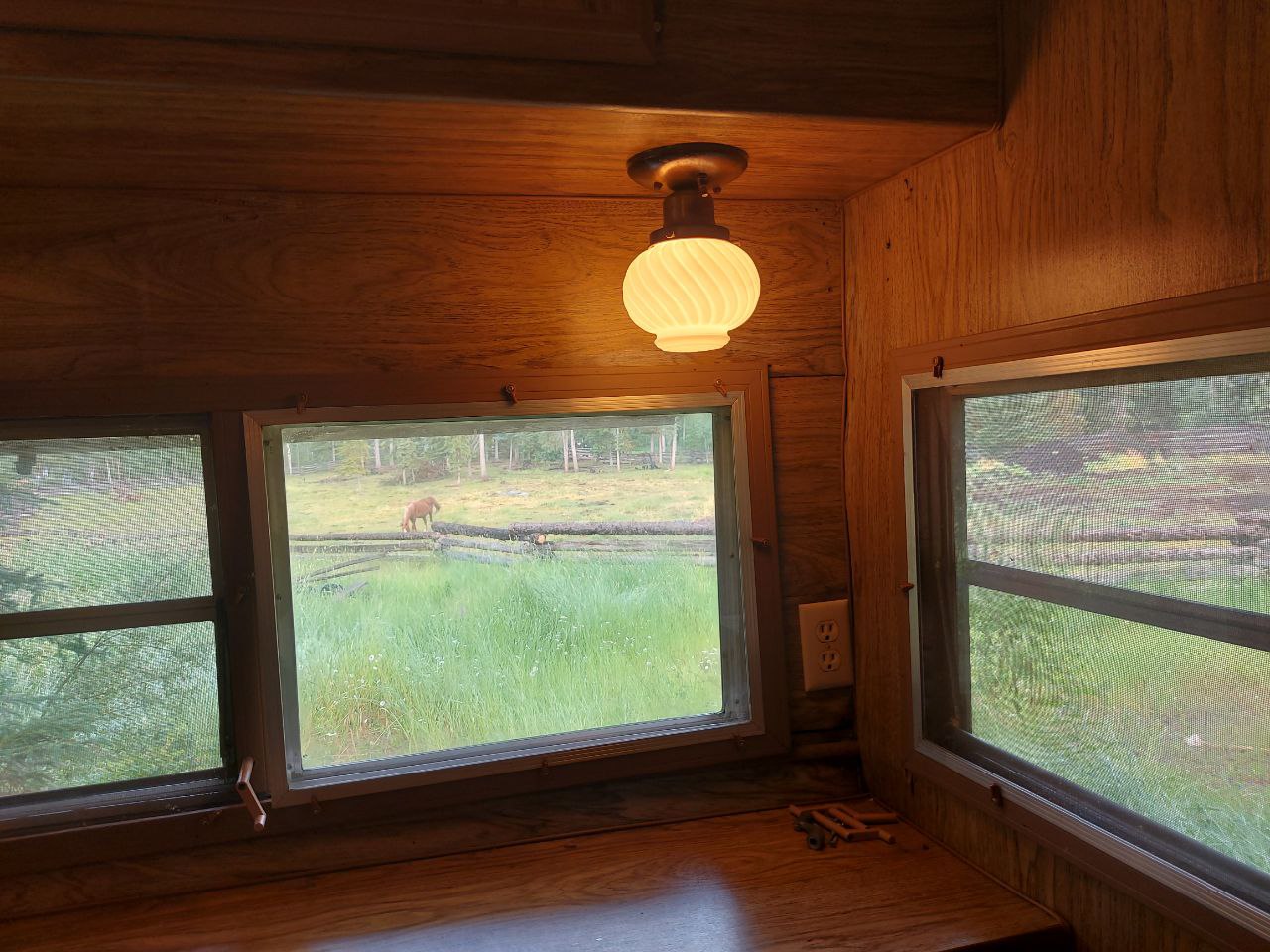Take the humble yet marvellously multi-functional comfrey plant. A patch of comfrey in a garden can: Be cut as a compost activator; can make liquid comfrey manure to feed fruit trees, soft fruit and vegetables because its high potash content stimulates the production of flowers and the development of fruit; makes valuable bee and chicken forage; creates shelter for tender plants; can be planted as a barrier to stop weeds like couch invading a vegetable garden (as long as it is allowed to establish itself first – mulch with carpet, cut holes and then plant it); draws trace elements and nutrients from deep in the soil; accumulates potash which is released when cut and used as a top dressing or mulch; can be occasionally eaten in fritters; is a powerful medicinal herb used for pulmonary complaints, aids the healing of broken bones (its folk name was Knitbone or Nipbone), can be applied as a poultice for ulcerous wounds and made into an ointment relieving inflammation, pain, and bruising.
In a monoculture, chickens are solely reared for eggs. Meat pies are a by-product, not a part of the main function. In a permaculture design, the noble chicken can have many functions: eggs, meat, manure, feathers, heat for a greenhouse, weeding the vegetable patch in tractors, pest control, recycling cooked kitchen waste, education for children, even friendship (chickens make good permaculture 'pets'!). This multi-functional approach to keeping chickens has a number of benefits: it is more compassionate - the birds are happier and healthier - all wastes are converted into resources and the chickens are also able to share in some of the gardening tasks like weeding and pest control.
Hedgerows can have many functions. In our garden the mixed species hedgerow provides privacy and a valuable windbreak for the fruit trees. Most of the species in the hedgerow are native, thus supporting a diversity of species of birds and insects. The trees have been grown from locally harvested seed in Hampshire and provide a gene bank for conservation garden designers. Hedges can provide shelter for chickens and ducks, and berry bearing plants and insects can provide them with forage at the lower levels and berry harvests for human beings higher up. The hedge trimmings are converted into mulch, kindling and woodchip. Some of the hedge plants have been left to become standard trees that now provide more wind protection, firewood and food as well.
Our hedgerow is underplanted with useful trees and bushes like
Elaeagnus x ebbingei,
Rosa rugosa,
cherry plum (Prunus myrobalan) and Godshill elder (an elder that has large berries originally grown by Deacon's Nursery in Godshill on the Isle of Wight). These are allowed to grow to maturity whilst some of the plants which are currently sheltering them will be removed.
The hedges also provide bees and other insects with forage early in the year. In springtime the buckthorn gives us particular pleasure, bursting into exquisitely fine clouds of tiny white blossom, heralding the changing season and lifting the spirits in a way the poor old privet could never do!
These three examples demonstrate how a single element can have many functions, particularly when linked to other elements in a design. This approach has many benefits and is a creative approach to maximising yields which might otherwise go to waste.
 Haha, I’ve got a helper now!
Xuefeng
September 8, 2024
(Translation edited by Q
Haha, I’ve got a helper now!
Xuefeng
September 8, 2024
(Translation edited by Q
 Haha, I felt young again!XuefengYesterday morning, after breakfast, I started ch
Haha, I felt young again!XuefengYesterday morning, after breakfast, I started ch
 Papaver rhoeas: The Designated Flower of Lifechanyuan
by Xuefeng
August 20, 2024
Papaver rhoeas: The Designated Flower of Lifechanyuan
by Xuefeng
August 20, 2024
 Joyful Games and Warm Welcome for Gabi at Lifechanyuan's Thai Home
Qianzi Celest
Joyful Games and Warm Welcome for Gabi at Lifechanyuan's Thai Home
Qianzi Celest
 Chilean Girl Gabi Experiences the Life of Lifechanyuan Thailand Second Home Comm
Chilean Girl Gabi Experiences the Life of Lifechanyuan Thailand Second Home Comm
 Another Clean and Tidy Joy House
In the tourist resort Holy Land Home, the guide
Another Clean and Tidy Joy House
In the tourist resort Holy Land Home, the guide
 Post time 2017-10-11 16:06:15
|
3747views0replies
Show the author posts only
|View large image
Post time 2017-10-11 16:06:15
|
3747views0replies
Show the author posts only
|View large image
 |Descending
|Read mode
|Descending
|Read mode





 Favorites
Favorites Relay
Relay Shares
Shares Collection
Collection